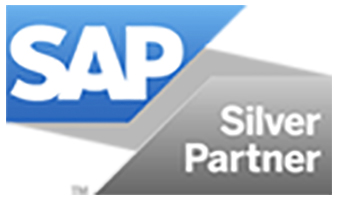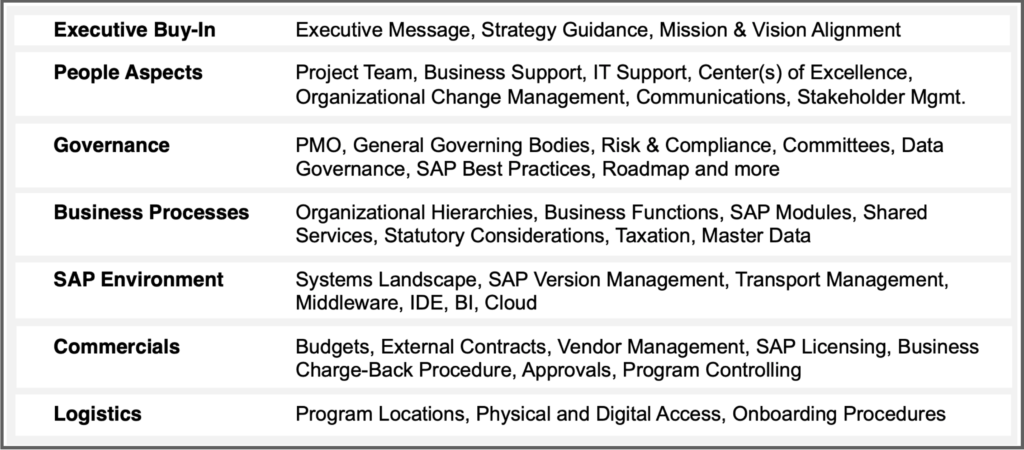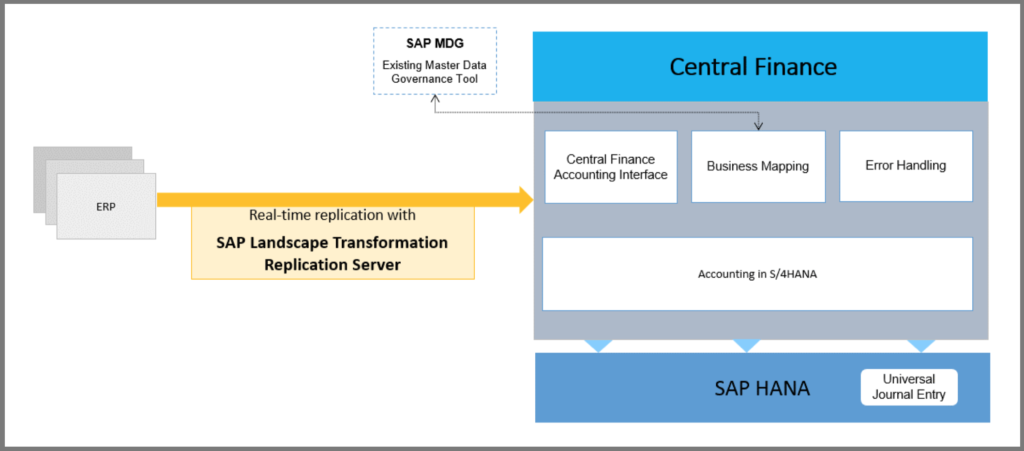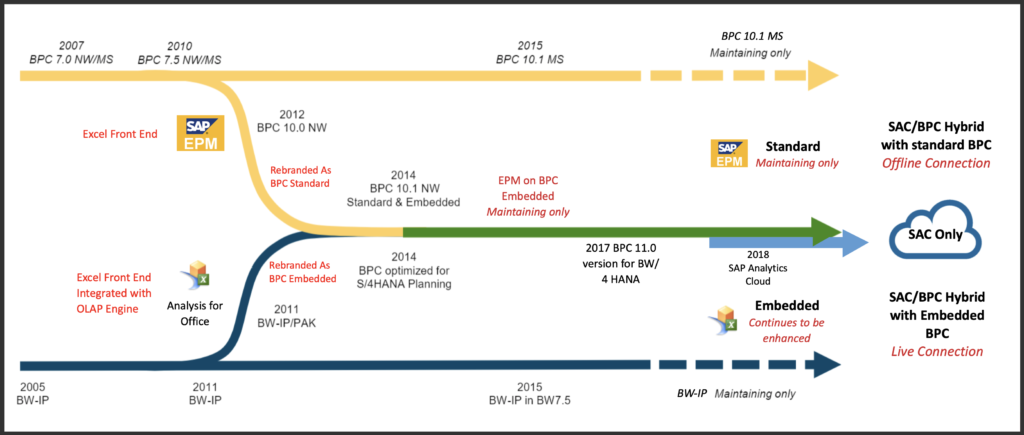When it comes to the implementation of an SAP Global Template, you have to be clear. You have to be bold. You have to shout it from the rooftops! Otherwise, you may end up hosting a lame party that people cannot wait to abandon.
Executive Buy-In: You need it to make the hard decisions stick. If not, the local crown prince may just decide to go on a software spending spree, while the king of a tiny ivy tower far, far away thinly veils a tantrum. Don’t get me wrong–it is not about dictating, but rather rallying support from the leaders of your organization.
Executive Message: Make it visible that the Global Template is at the core of your future business strategy. It’s not an “IT thing” that levels somewhere on the nice-to-have layer of your decision process. Achieve this by including C-suite executives in important milestones of the Global Template rollout, like the start of fit-gap sessions, key user acceptance testing dates, and the go-live. Allow the whole enterprise to see that you and key leadership speak with one voice.

I have experienced many times that the missing buy-in and participation of executive leadership results in local operations running astray. These unnecessary occurrences of leaving the chosen path to Rome never end in happiness. We all want to be recognized as independent thinkers, believing that only our own way is the way to go. In reality, the most successful companies find an acceptable level of standardization without ever abandoning diversity!
Ultimately, it is on you, the program director or Center of Excellence leader, to communicate the need for buy-in and participation to the executives. They are busy without you, even more busy when you come along with your ideas. Don’t throw random or generic sound bites about the necessity of a Global Template and see if it sticks. Make your touch points with executives meaningful so they can relate to the tasks at hand:
- Be mindful of their time as their day has only finite hours! Schedule interactions in accordance with their availability. You do not want to compete with board meetings or annual budget sessions. Nurture positive relationships with executive assistants as they are the wonderful magicians that make things happen!
- Be precise in what you need from them; prepare a specific executive summary of anything you want to convey. If you cannot summarize it, you may not have fully grasped it yourself–how can you expect them to weed through a hundred pages to figure out how to support you?
- Be aligned with the company strategy on all levels. Don’t ask for funds that have not been budgeted except for rare, immediate needs. Understand the business’ direction to avoid asking for help that will not be supported by leadership. If you want to change directions, build alliances, and don’t be surprised if it takes more time than anticipated.
The point is that you need to acquire buy-in to keep things moving! When charged with building a Global Template, it is part of your job description to be the glue between the deciders and the doers. So be that link, the building block that manages up and downward.
In our next installment of the Global Template blog series we will discuss the heart of the operations–the people that make it happen, the stakeholders, and those who are most impacted. If you’re looking for support with an SAP Global Template rollout, contact our team and see how Vortex Consulting can be a critical ally in the process.











